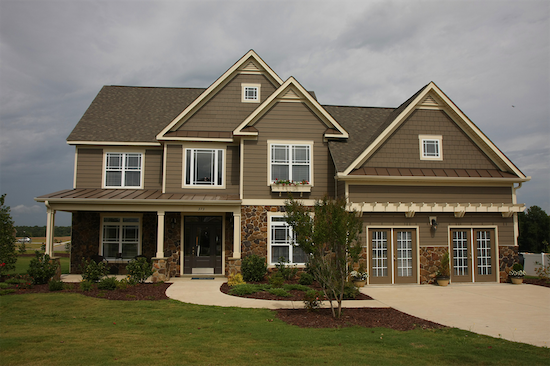
Here are five tips to help you decide whether your home’s existing siding needs to be replaced:
- Perform an inspection of any siding that appears warped. Using a screwdriver, poke beneath the warped siding and note how firm the layer under the siding feels. If this layer feels rotted or soft in any way, it’s probably time to replace your siding.
- Peeling paint or sagging wallpaper inside your home may indicate your aging siding is allowing moisture to seep beneath it and into your wallboard. The moisture can damage your home’s interior walls.
- Another sign that your siding allows too much moisture into your home’s walls is mold or mildew formation on the exterior of your siding. While not always a sign of failing siding, mold or mildew often signifies additional issues and should be a cause for further investigation.
- Dry rot, one of the more common problems with wood siding, is not always visible to the naked eye. To detect it, tap various areas of the siding with the bottom of a screwdriver or light hammer to expose an area that has succumbed to dry rot, as only the topmost layer of siding will be intact.
- If dry rot is discovered, you may be able to get away with just replacing the damaged sections. But we recommend a full replacement because dry rot may compromise the structural integrity of your home.
Contact Amazing Exteriors for the Best Siding Replacement!
Find out more about your siding options by calling us at (817) 756-4004 to get a free siding replacement estimate.















